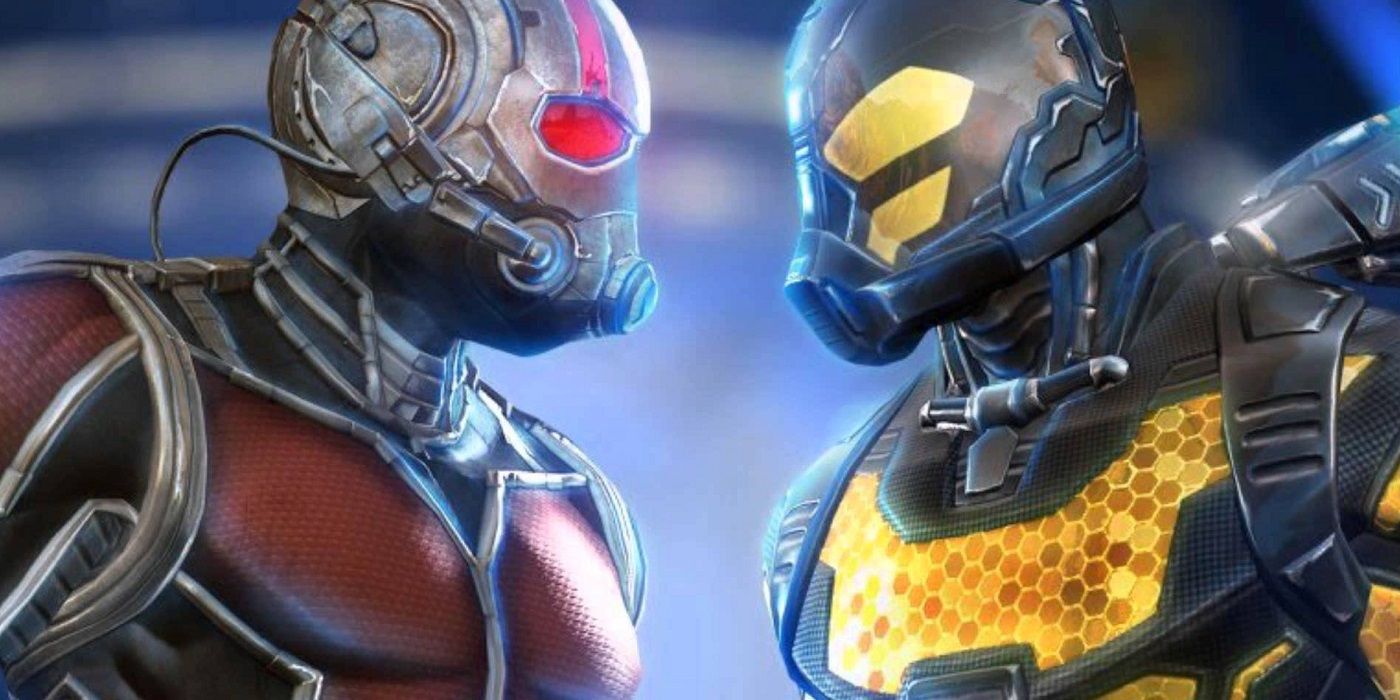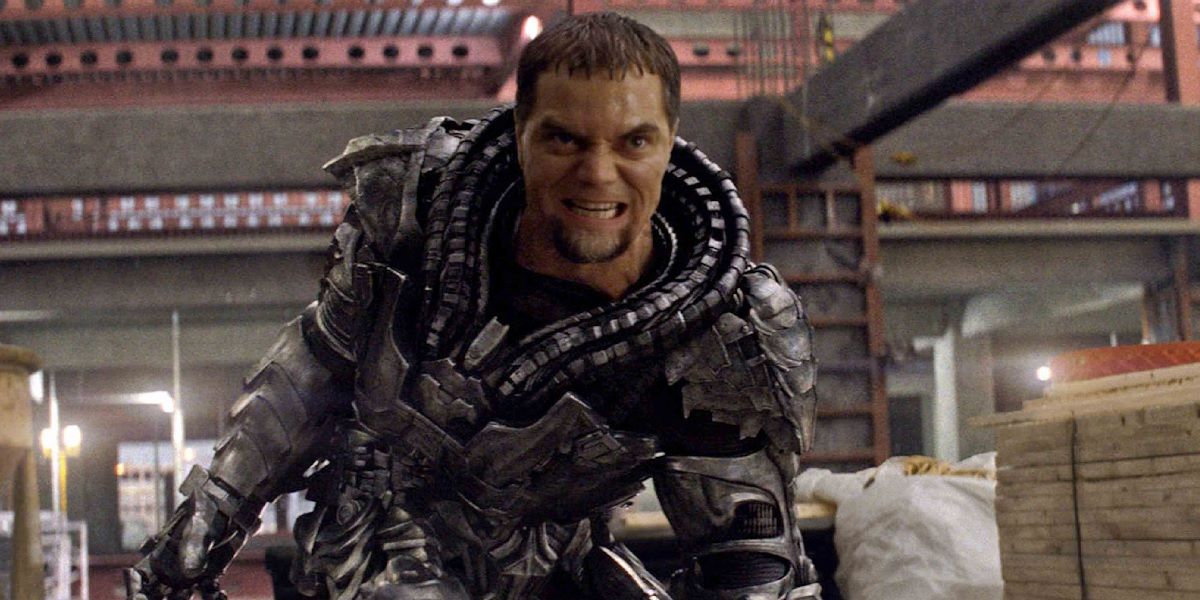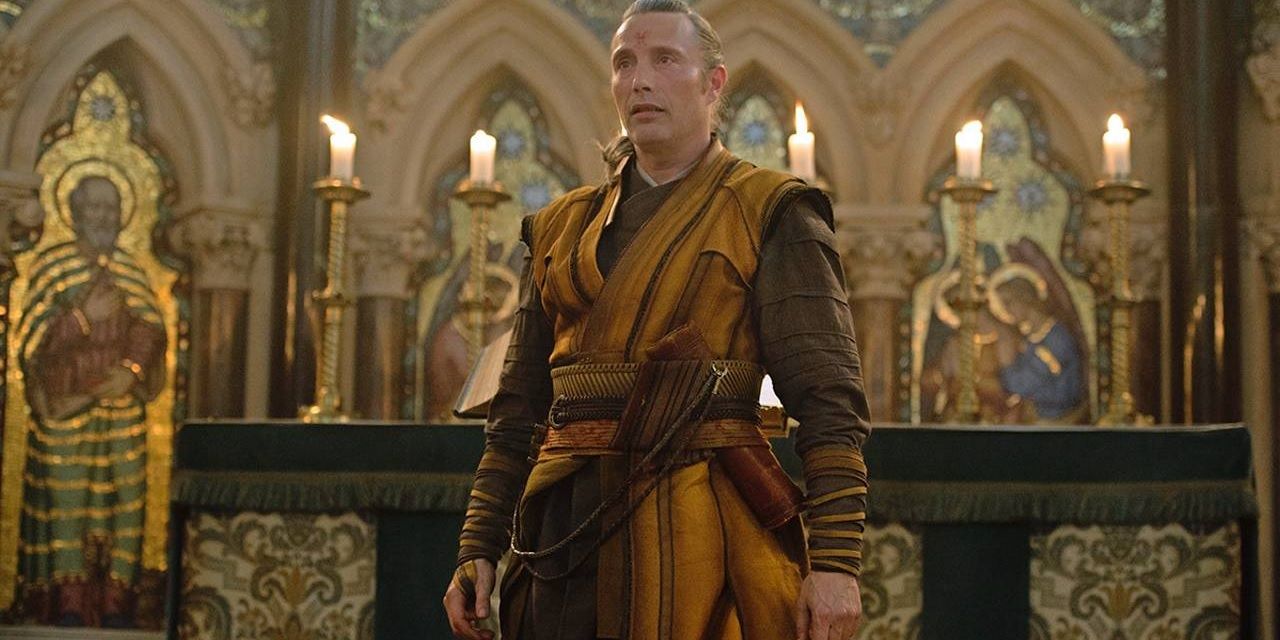In November, Marvel Studios' fourteenth theatrical release Doctor Strange will open the doors to the quantum realm and expose audiences to a brand new side of the cinematic universe. Fans of the MCU have already been introduced to the power of technology in Iron Man, the limits of the human body in Captain America: The First Avenger, otherworldly magic with Thor, and Ant-Man showed everyone how small the world can really get.
In the past decade, Marvel has become the standard-bearer for contemporary blockbuster filmmaking. There are a lot of reasons for the studio's success ranging, from exemplary casting, solid narrative structure, and wealth of source material to draw creative inspiration from. However, despite all their success, there is plenty of room for their storytelling to grow.
One of the most prevalent criticisms of Marvel Studios' theatrical releases is that the films lack memorable villains that will stand the test of time, with critics pointing out that their roster of baddies all seem to mimic the given protagonist's own skill set. While Marvel's methodology may be transparent, their approach to introducing villains is by design. During our visit to the set of Doctor Strange, Marvel President Kevin Feige stated the benefits of telling superhero origin stories with villains who mirror the lead:
"Clearly we will get to that [non-doppelganger match ups]... You want to have characters that inhabit the same world when introducing a new world, a new mythology for lack of a better term. You want to explore that as much as you can."
Marvel's approach of starting out with villains that resemble the hero isn't unique to the MCU - in fact, it's a core part of the modern superhero origin movie. In Christopher Nolan's Batman Begins, the main character had to face off against a dark reflection of himself in Ra's Al Ghul, and that kind of reflection can be a valuable part of the hero's journey narrative: highlighting the protagonist's heroism by showing how they could just as easily used their powers to become a villain. Similarly, in Warner Bros.' first DC Extended Universe movie, Man of Steel, the antagonist was General Zod - a Kryptonian with identical abilities to Superman, who uses those abilities for the purposes of destruction.
In building the MCU, Marvel made the practice of using villains as dark reflections of heroism a core part of each origin story. The Iron Monger (Jeff Bridges) may be the most forgettable Marvel villain yet, but his presence put a spotlight on Tony Stark's - and Robert Downey Jr.'s - unique brand of ingenuity and charm, which resulted in an iconic hero for the ages.
Doctor Strange will introduce sorcery and mysticism into the MCU, staying relatively faithful to its comic book origins while also introducing the film's primary antagonist, Kaecilius, played by Mads Mikkelsen (Rogue One: A Star Wars Story): a former Master of the Mystic Arts who was trained in the ways of sorcery long before the events of the movie. The choice of Kaecilius as the movie's antagonist and his similarities to Strange are far from arbitrary, and Feige explains why yet another evil reflection of a Marvel hero was needed in the upcoming Doctor Strange film:
"Kaecilius doesn’t know Strange from a hole in the wall. He predates him. But when you’re teaching an audience about sorcerers and that reality and you’re going to talk about the past anyway and you’re going to get into their history anyway, much better to tie-in your bad guy with that instead of laying all this groundwork of parallel dimensions and sorcery and say, by the way, a meteor hit on the other side of the world, it went under the water, and this evil thing developed. What does that have to do with magic? Nothing... That’s not the way we’ve developed them up to this point. "
Directors Anthony and Joe Russo have explained that Captain America: Civil War was only the beginning of a prolonged battle that will extend into Avengers: Infinity War, in which our heroes will face off against the strange and powerful villain Thanos. Barring the surprise addition of a purple alien Avenger with a big chin who doesn't like standing up, Thanos doesn't appear to be a direct doppelganger of any major MCU superheroes, and Feige explains that the diversification of hero/villain dynamics will continue as the cinematic universe moves away from origin stories:
"Needless to say as more characters encounter each other in other films they’re certainly going to be up against things that they don’t know anything about and have no comparable to."
There is great narrative power in having a visual representation of a protagonist's potential dark side. The doppelganger is often an exploration of what the hero would be like without an agreeable moral code. Once that line is established, exceeding the lead character's known limitations is what creates unforgettable heroes. However, Marvel's characters are maturing and the studio finds themselves at a narrative and thematic crossroads for all of the core Avengers.
In the third phase of Marvel's films, the superhero's world has become infinitely more complicated. There is a gradual overhaul of Marvel's overall structure, that began in Civil War and will continue beyond Avengers: Infinity War. While the doppelganger trope will probably never go extinct, due to its roots in comic books. It looks like fans are poised to finally find out exactly what happens when the separate worlds of the Marvel cinematic universe collide. And for the first time, it does not feel familiar at all.
Doctor Strange opens November 4, 2016; Guardians of the Galaxy Vol. 2 – May 5, 2017; Spider-Man: Homecoming – July 7, 2017; Thor: Ragnarok – November 3, 2017; Black Panther – February 16, 2018; Avengers: Infinity – May 4, 2018; Ant-Man and the Wasp – July 6, 2018; Captain Marvel– March 8, 2019; Untitled Avengers – May 3, 2019; and as-yet-untitled Marvel movies on July 12, 2019, and on May 1, July 10, and November 6 in 2020.



